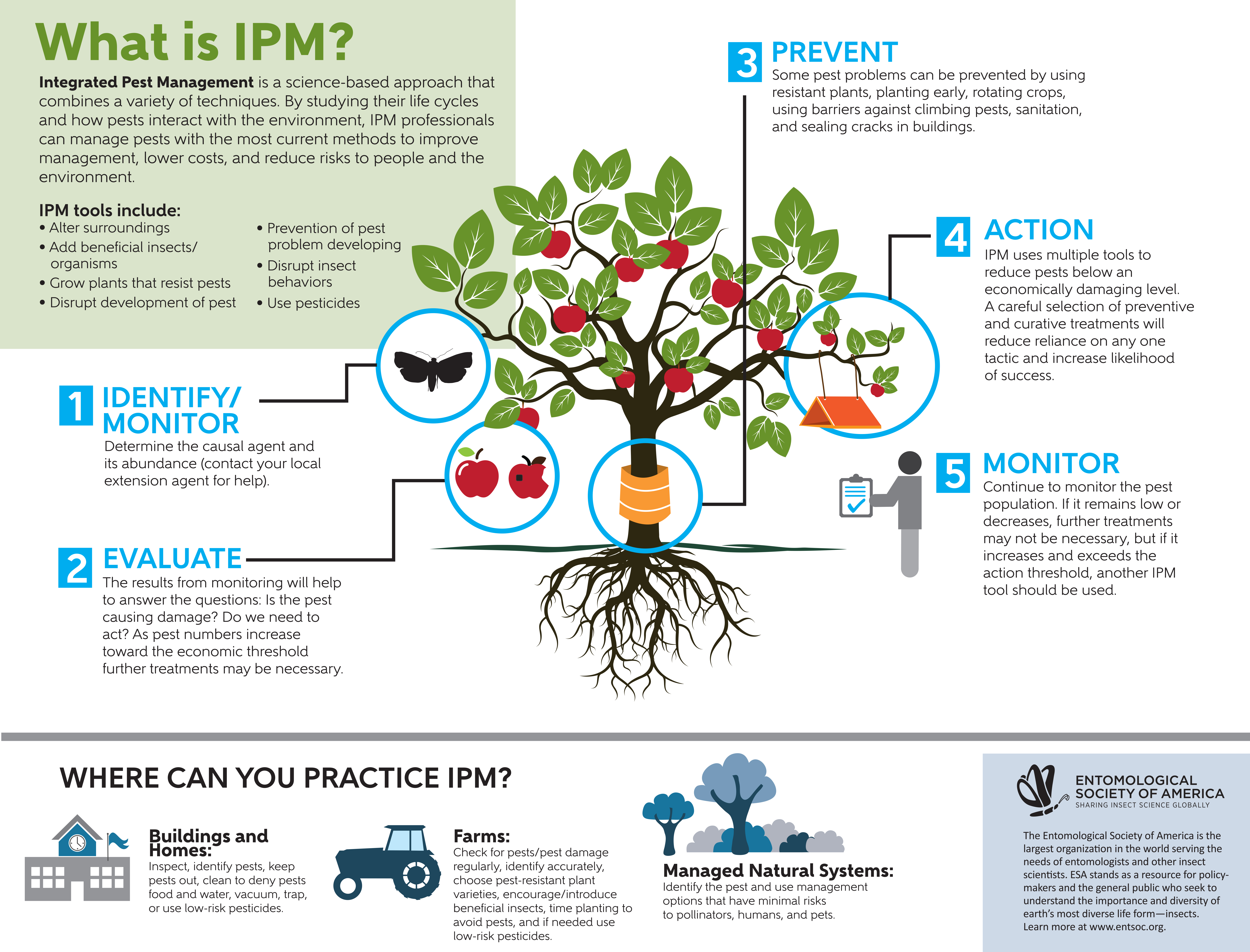Comprehending The Life Cycle Of Bed Bugs: Advice From Insect Experts
Comprehending The Life Cycle Of Bed Bugs: Advice From Insect Experts
Blog Article
Post Created By-Shelton Egeberg
Like a quiet intrusion, bed insects can creep into your home, concealing in the darkness and waiting for the excellent moment to strike. Recognizing their life cycle is vital in managing these ruthless pests, and who much better to turn to for recommendations than the specialists themselves?
In this conversation, you will discover the tricks of the egg stage, the nymph stage, and the grown-up stage of bed insects, unraveling the mysteries behind their durability and perseverance. Dental braces on your own, since what you're about to find will leave you doubting every little impulse and bite.
The Egg Stage
Throughout the egg phase, bed bugs are in their earliest kind, all set to hatch and begin their life process. These small eggs are typically stocked splits and crevices near the bed insect's feeding location, such as seams of mattresses or furniture. The female bed bug can disable to five eggs per day, which adds up to hundreds in her lifetime.
The eggs are oval-shaped and concerning 1mm in size, making them barely visible to the naked eye. They have a sticky finish that helps them adhere to surface areas and continue to be in place. The egg phase lasts concerning one to two weeks, depending upon the temperature and other ecological elements.
When visit site hatch out, the fairies emerge, beginning their trip towards their adult years.
The Fairy Phase
As the eggs hatch out, the freshly arised fairies start their trip in the direction of their adult years, marking the start of the fairy stage in the life process of bed insects. This phase is vital for their growth, and understanding its qualities can assist in taking care of these parasites properly.
Here are 3 vital points to know about the fairy stage:
1. Size and Look: Fairies are small, determining only about 1.5 mm in size. They're clear, however after feeding, their bodies transform reddish-brown. As https://www.insider.com/how-to-prevent-tick-bites-advice-from-wilderness-educator-advice-2022-5 expand, they shed their exoskeletons, leaving molted skins.
2. Feeding Behaviors: Like adult bed bugs, nymphs eat blood. They need to feed several times to molt and progress to the next phase. Fairies typically feed upon people or animals while they rest, leaving scratchy bites.
3. Advancement and Reproduction: Nymphs go through five instars before reaching adulthood. Each instar calls for a blood meal for growth. Once they end up being adults, they can duplicate and continue the bed insect life cycle.
Understanding natural sugar ant killer is vital for reliable bed pest control. By targeting the fairies during this susceptible stage, you can avoid their progression in the direction of the adult years and stop their problem.
The Adult Phase
After completing their development as fairies, bed insects get in the grown-up stage. At this stage, adult bed insects are around 4-5 mm in size and have a flat, oval-shaped body that is reddish-brown in shade. They have 6 legs, antennae, and a little head. Grown-up bed insects are fully capable of reproducing and proceeding their problem. They eat blood, ideally human blood, and can survive without a dish for numerous months. They are primarily active in the evening and often tend to conceal in splits, gaps, and furniture during the day.
Grown-up women bed bugs can lay up to 5 eggs per day. These eggs hatch into fairies in regarding a week. Understanding the behavior and life cycle of grown-up bed insects is vital in successfully getting rid of and avoiding problems.
Final thought
Now that you comprehend the life cycle of bed pests, you hold the power to safeguard your home.
Think of a calm night's rest, devoid of the torment of these tiny bugs.
By recognizing the indications and taking instant activity, you can avoid problems and make sure the wellness of your loved ones.
Don't let these sly pests attack your shelter.
Remain vigilant, stay educated, and rest tight knowing you're in control.
